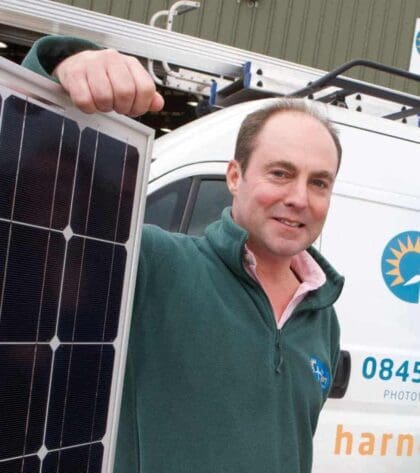
The solar panel market across theUKhas enjoyed a boom over the last few years as householders and companies have taken advantage of the FiT microgeneration scheme.
With the FiT cuts high on the agenda along with the proviso that only ‘energy efficient buildings’ will qualify for the full tariff, installers are being forced to radically review their supply chain, pricing and margins whilst considering how they can work smarter in order to remain competitive and profitable.
Reducing costs
With energy costs continuing to rise and the government’s policy of supporting green energy solutions, there remains a strong future for solar power, even with reduced tariffs. However, for installers to maximise the opportunities presented, fitting solar PV in turn needs to be quicker and simpler.
One direction many installers are turning is in the direction of kits. These part assembled kits are specifically designed to help make the life of the installer that bit easier, by providing them with a custom designed package including panels, frame, inverter, cables, training and support.
Saving time
By using a kit, the time and effort of selecting the right components is minimised as is the time spent installing on site. For example, GreenKit (a pre-assembled kit from The Green Electrician Group) uses PV panels from Suntech and Sharp that are selected based on the feedback and experience gained from The Green Electrician’s installers. The same research and approach is used when selecting the aluminium framework, cabling and inverter board.
GreenKits are also delivered to site and are backed by manufacturer’s warranties, again to give the installer peace of mind that the equipment is a genuinely durable and quality product, rather than simply the cheapest on the market or available at the point of order.
The cost of the kits is also an attractive element. By effectively pooling the buying power of smaller installers there is an opportunity to buy the component parts in bulk or direct from the manufacturers, with much of the cost savings in the case of GreenKits being passed on directly to the installers.
Improving aftercare
The other critical benefit is the holistic approach offered to installers when it comes to appropriate training and aftercare. Obviously every property developer or householder should use an MCS qualified electrician when fitting solar PV panels, but systems can vary and having a single point of contact for the entire installation is hugely beneficial should something go wrong.
So what does the solar PV future look like? Although the changes to the FiT have undoubtedly undermined the growth in the industry, there remains a positive outlook for the solar PV market. The reason for such a positive outlook is principally because the industry is innovative and responsive one and one that can react positively to change. The emergence of such pre-assembled kits is one such example.
Indeed, it needs to be so as the coalition government stated back in 2011 that the solar tariffs will be ‘intelligent and responsive to change’ in future, so it is likely that we will see further regulation on the horizon. However the new products, services and technologies that are emerging can clearly help installers improve efficiencies and protect profits.
